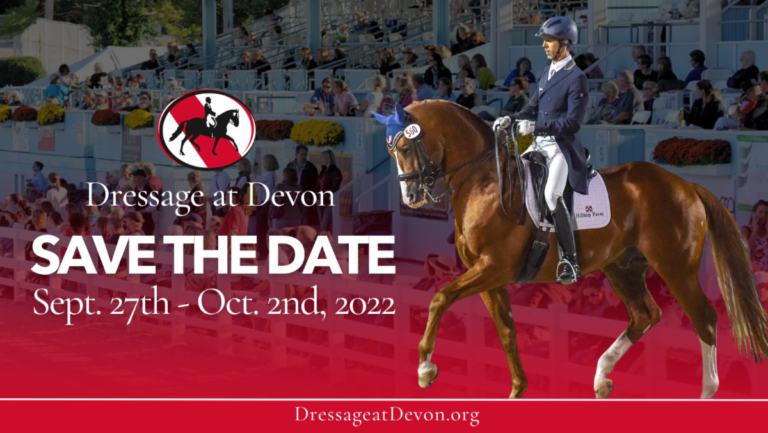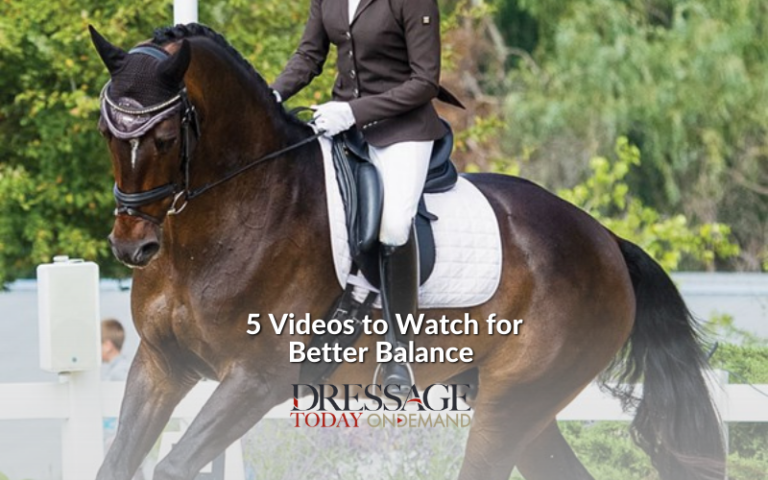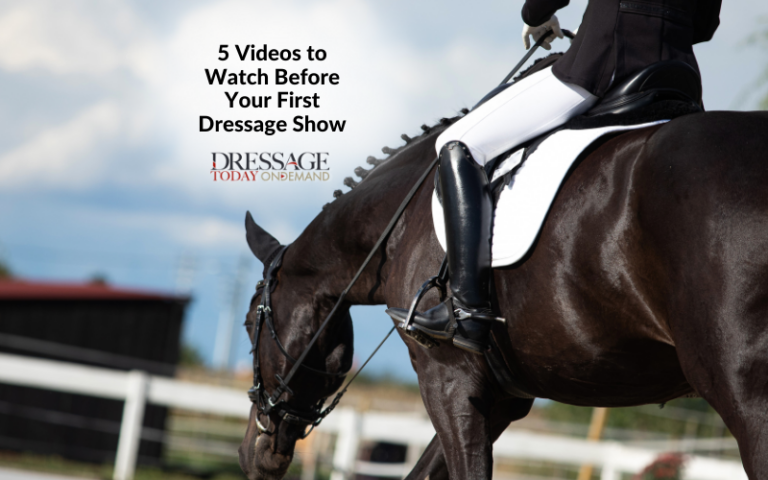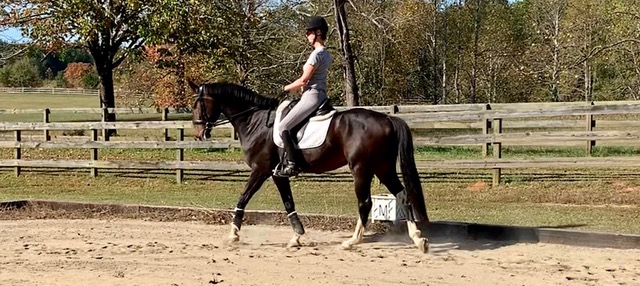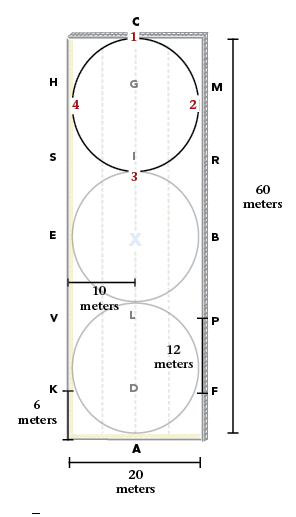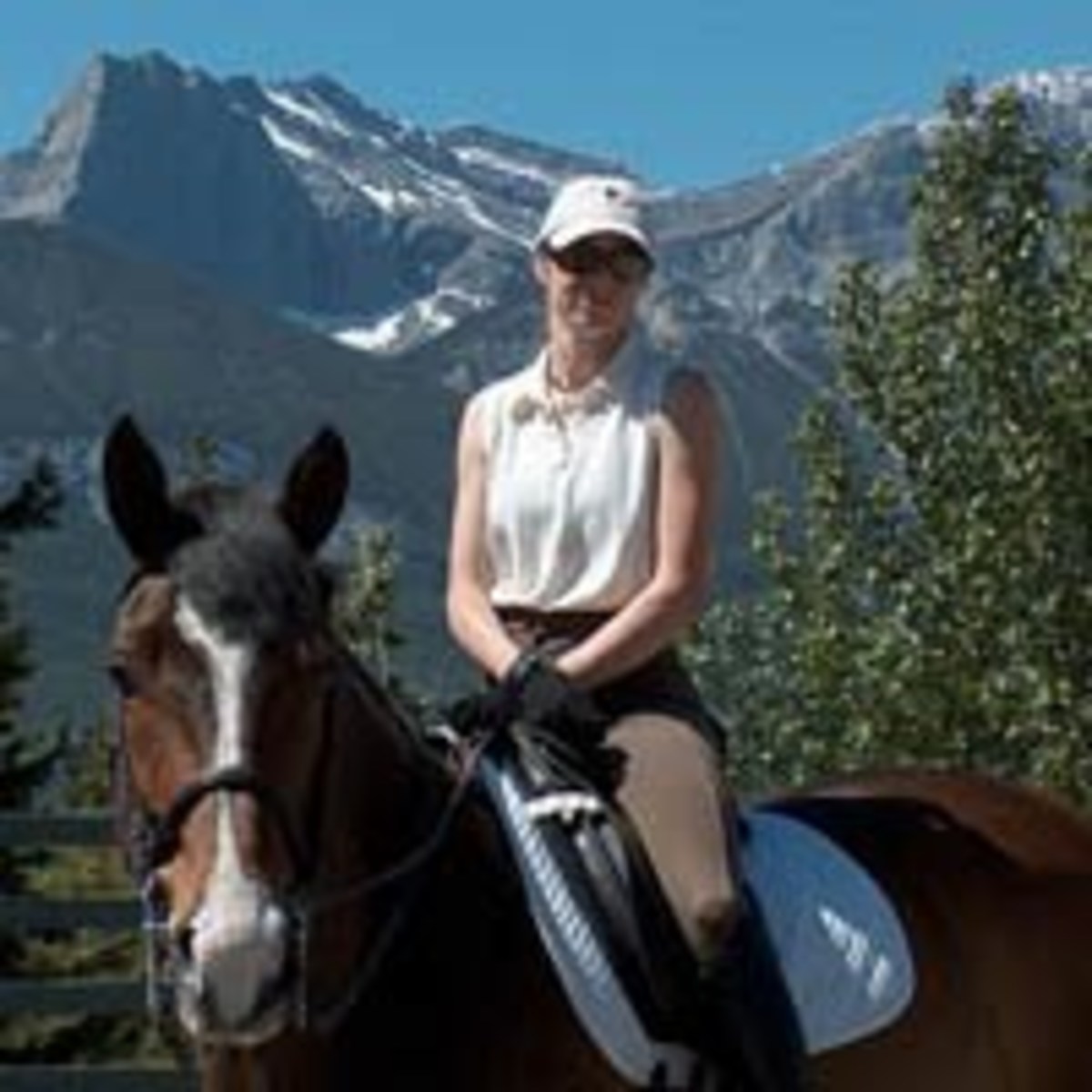
The Utah Dressage Society’s USDF “L” Program class of 2010 has now put two sessions in the books. Session A was taught by Sandy Howard, Session B by Janet Brown Foy.
Session A, hosted by The Promontory in Park City, UT, focused much of the information on the rules, conduct as a judge, judging methodology, and biomechanics.
Session B, hosted by Sage Creek Equestrian in Charleston, UT, focused on judging criteria for gaits and paces, movements and figures, and discussed in detail the criteria of Training through Second level.
Both sessions included the opportunity to view demonstration rides, and to practice honing not only our eyes (which frankly should be fairly honed at this stage in our learning), but also honing our ability to process visual input into a relevant comment and score for what we see, in a very short amount of time. The amount of territory these two sessions has covered is expansive. The scope of this program is impressive-I can’t recommend it enough, to anyone-any aspiring trainer, judge, or amateur. The information is theoretical and practical, instantly useful. You will leave each session with enough knowledge to process for years. You do not have to be a candidate! Just audit, believe me, it is WORTH IT!
The instructor judges who take on this task and agree to be a part of the education process of our judges are to be commended. This is a grueling job for them, so one can only assume they are doing this not for the money but for the betterment of the sport in our country. Our program for training judges is recognized worldwide for its thorough preparation of dressage judges.
There is no way I could do justice to the amount of information covered in this program in a single, or even daily, blog post. So, I won’t attempt it. What I will do is attempt to stress to the riders I work with what the judges really want to see.
Help yourself as a rider, help your horse, and make the judges happy, by actually reading the directives for the level at which you choose to ride. Read the definitions of the movements and the paces, it’s all available for free to members on the USEF website! Know the directives for the movements, understand what the essence of each movement is, and understand the essence of the level at which you seek to ride. Know the Training Pyramid. Understand how it applies to your scores. Read your test sheet, and know the directives for the level, and its implications. Know where the movements begin and end. Prepare your horse for every transition and movement. Know where your horse’s hind legs are. Know what your horse and you need to do, biomechanically speaking, to meet the criteria of the movements. Be honest with yourself if your horse’s gaits are not clear. It really does matter!
Dressage is not about the movements-it’s the quality-of the gaits, the connection, the riding, the execution of the criteria. Know what those numbers mean…10-Excellent; 9-very good; 8-good; 7-fairly good; 6-satisfactory; 5-marginal; 4-insufficient; 3-fairly bad; 2-bad; 1-very bad; 0-not performed. Next time you are happy with a 60%, enjoy that happiness for a moment, but when you go home, sit down and study that score sheet and really try to understand what the judge wants you to know. In the end, are you REALLY happy with just Satisfactory??? Maybe. We are all coming to this with a different set of tools and a different load to bear. Maybe just getting to the ring is a victory for you, and that is the beauty of our sport-you are never forced to move up until YOU decide. But it is still an Olympic sport in the end. Regardless of your station in life and as a dressage rider, consider this: Would it not be more noble to develop a very high quality Training level horse than to mindlessly move up the levels with no understanding of the requirements? Maybe it is worth it, to learn, by moving up. But knowing the definition of, for example, medium trot is important. Don’t expect 8s if your horse cannot show sufficient reach front and rear, cannot show an uphill balance, cannot show a clear lengthening of the stride, and cannot make clear transitions from the hind legs. Judges are bound by guidelines as to the scores they give. Don’t take it personally, but do take their word for it when they offer you constructive criticism.
I challenge each of you: Pursue excellence in your riding and training. Believe me, you will not be viewed as a hero if you keep moving up the levels despite low scores. Judges would much rather see a good Training level ride than a marginal First level ride. In strict terms of the numbers as I stated above, that means that a “good” Training level ride would earn an 80%. A “marginal” First level ride would earn a 50%. Janet Foy must have said ten times during our B Session-“This is an Olympic sport.” The reality is, if your horse lacks the natural, God-given conformation and scope to its gaits necessary to perform the hardest movements with the greatest ease, and you as a rider lack the balance and strength necessary to help your horse, then to expect the judge to be Santa Claus and give you 70% on a horse that doesn’t even track up in the working trot or remain pure in its canter rhythm is unrealistic. I challenge you to be thorough and positive in your training. I also challenge you to be realistic in your expectations.
I started this program with no other goal than to learn as much as possible and make myself a more viable candidate for USDF Trainer certification. After two sessions, I now deeply desire to become a judge. I see it as an opportunity to, again as Janet Foy said so perfectly, “sell hope”. She really has a way with words. Regardless of my final evaluation by the instructors, I will leave this program deeply transformed as a trainer and rider. This program is the envy of the world and I am deeply thankful to all involved.
Track my progress with the program at www.scwdressage.blogspot.com. Find out more about the Utah Dressage Society at www.utahdressagesociety.net.
-Stacy Williams
Stacy is a dressage trainer based in St. George, Utah.


